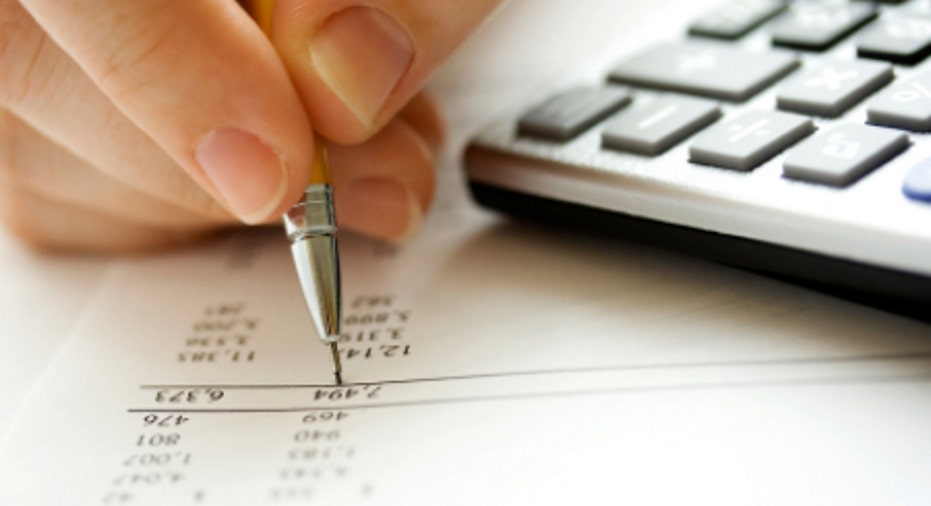5 Steps You Can Take to Protect Your Bank Account

Phishing, scamming and stolen identity problems — we have all heard about them. But how do you ensure that you don’t become a victim? Once you go through the process of choosing a savings or checking account, it’s important to keep the funds inside them — and yourself — safe. Illegal access to your financial records is one of the fastest-growing fiscal crimes today. Check out some ways you can protect your bank account below.
1. Enroll in Online Services
Having paper statements sent between your address and the bank invites the possibility of mail theft, so consider using your bank’s website primarily. Keeping track of your bank details online can also be more convenient. If you do prefer getting physical copies of your account, it’s a good idea to know when they should arrive. This way you can pick them up promptly and alert your bank if you don’t get them as expected. And, of course, shred all paperwork before discarding.
2. Be Aware of What You Share
You should only give your account information for transactions if you know the company or individual you are dealing with. Be especially careful if you are operating the transaction via phone, text or online. Don’t give anyone your PIN, avoid ATMs that look out of place and only access your account from secure URLs and WiFi connections.
3. Use Strong Passwords
It may seem obvious, but one way to ensure your security is to come up with a password other people can’t guess. It’s generally not a good idea to make your password something as obvious as your birthday or your significant other’s name. Try to create a series of numbers, letters and symbols you can remember but others wouldn’t necessarily think of. Be sure you also cover the keypad when you type in your PIN or password and change them regularly. Lastly, set up security questions only you know the answers to for prompting you to change the password or to access the account.
4. Check Accounts Regularly
Keeping an eye on your account will help you know when something is wrong. It’s important to read your statement carefully at least once each month so you can be sure all the purchases you are charged for and withdrawals listed are ones you authorized. You also may want to track debits and automatic payments because it is not always easy to remember all your transactions.
5. Get Bank Alerts
Even if you are vigilant about checking in with the bank, you probably won’t be able to catch everything as it happens. That is why many banks offer alerts to monitor and notify you about specific account activity. For example, you may want to set at alert for anytime more than $200 is spent from your account. It’s a good idea to inform your bank of anything out of the ordinary as soon as possible to help solve any problems right away and minimize damage.
You may also want to consider monitoring your credit, as a scammer can use your personal information from one account to open new accounts in your name for fraudulent purposes, and you might not even know it’s happening. You can check your credit scores for free every 30 days on Credit.com — any major, unexpected changes in your scores could signal fraud and you should pull your full credit reports to confirm (you can get free annual credit reports at AnnualCreditReport.com).
Thieves and scammers can gain access to your bank account a number of ways, so the more preventative measures you take, the safer you can feel. Implement the above steps you feel comfortable with, stay alert, and do all you can to avoid any possible bank account trouble.
More from Credit.com:3 Dumb Things You Can Do With E-mailHow Can You Tell If Your Identity Has Been Stolen? What Should I Do If I’m a Victim of Identity Theft?



















